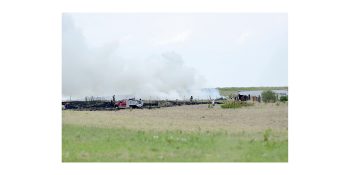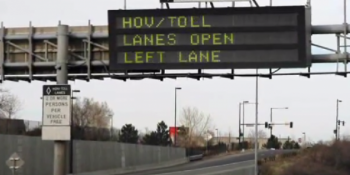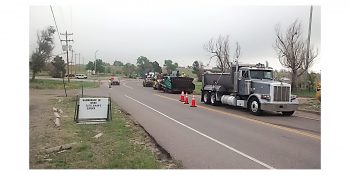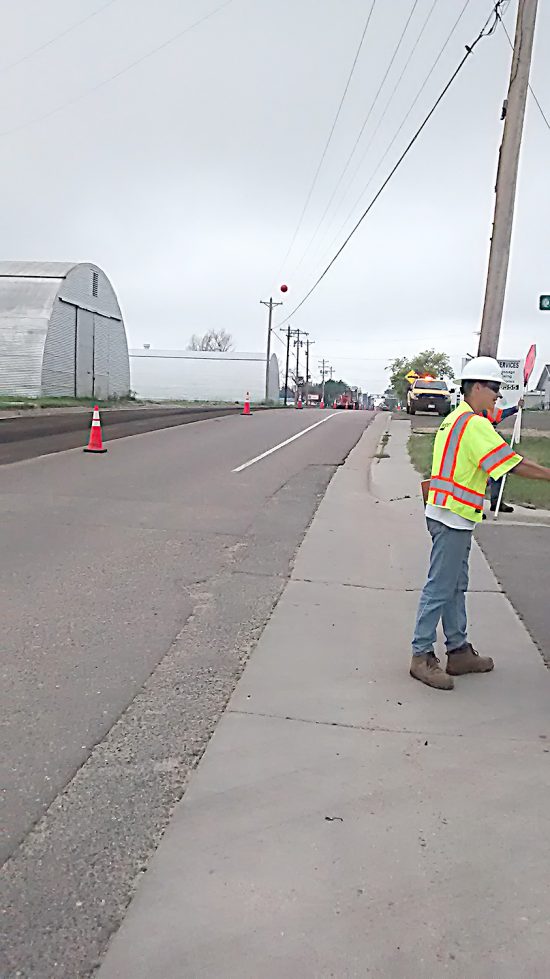The Statewide Campaign Continues
to
“Move Over”
on
July 11th
The Colorado State Patrol is coordinating an effort by encouraging communities and members of the media to contact the Public Affairs unit to arrange a ride with a trooper and photo opportunity.
We continue to see needless crashes across the state, despite Colorado Revised Statute 42-4- 705, Colorado’s “Move Over” Law. Every year, several first responders and other road safety personnel are seriously injured, some fatally, because motorists simply refuse to move over. To improve the motoring public’s awareness of this law, several law enforcement agencies throughout the State will be teaming up on Tuesday, July 11th to conduct an education and enforcement operation focusing on motorists who violate the Move Over law.
Colorado’s law is clear, requiring motorists to move over at least one lane whenever they approach an emergency vehicle with its lights flashing. If a motorist is unable to move over, such as a two-lane road or when heavy traffic is present, they are required to greatly reduce their speed. This law also protects road maintenance and tow truck operations. By moving over, motorists provide a buffer zone for safe work environments.
Eight months ago, after the tragic death of Colorado State Patrol Trooper Cody Donahue, five south metro area law enforcement agencies joined forces to eliminate the disregard for the Move Over law with “Operation One Charlie Three.” The operations have had positive results in regards to influencing driver behavior. Several thousand traffic stops for violations of the Move Over law have been made and more Colorado motorists are changing lanes when necessary to give first responders and others the room they need to work.
Thirty agencies are now utilizing increased enforcement efforts, along with education, to solidify the message. The One Charlie Three (1C3) Operations are receiving support from other state agencies as the Colorado Department of Transportation and private partnerships such as the E470 Public Highway Authority and Northwest Parkway Authority which have provided electronic sign messaging that promotes this vital safety campaign.
We encourage all drivers to be mindful of this law, remember Trooper Donahue’s sacrifice and to assist us in making Colorado roads safer.
Media and community members are encouraged to contact Public Affairs @ 303.239.4583.
Like, Follow & SHARE to get your daily dose of Tips, Tricks, News and Events! @I70Scout









